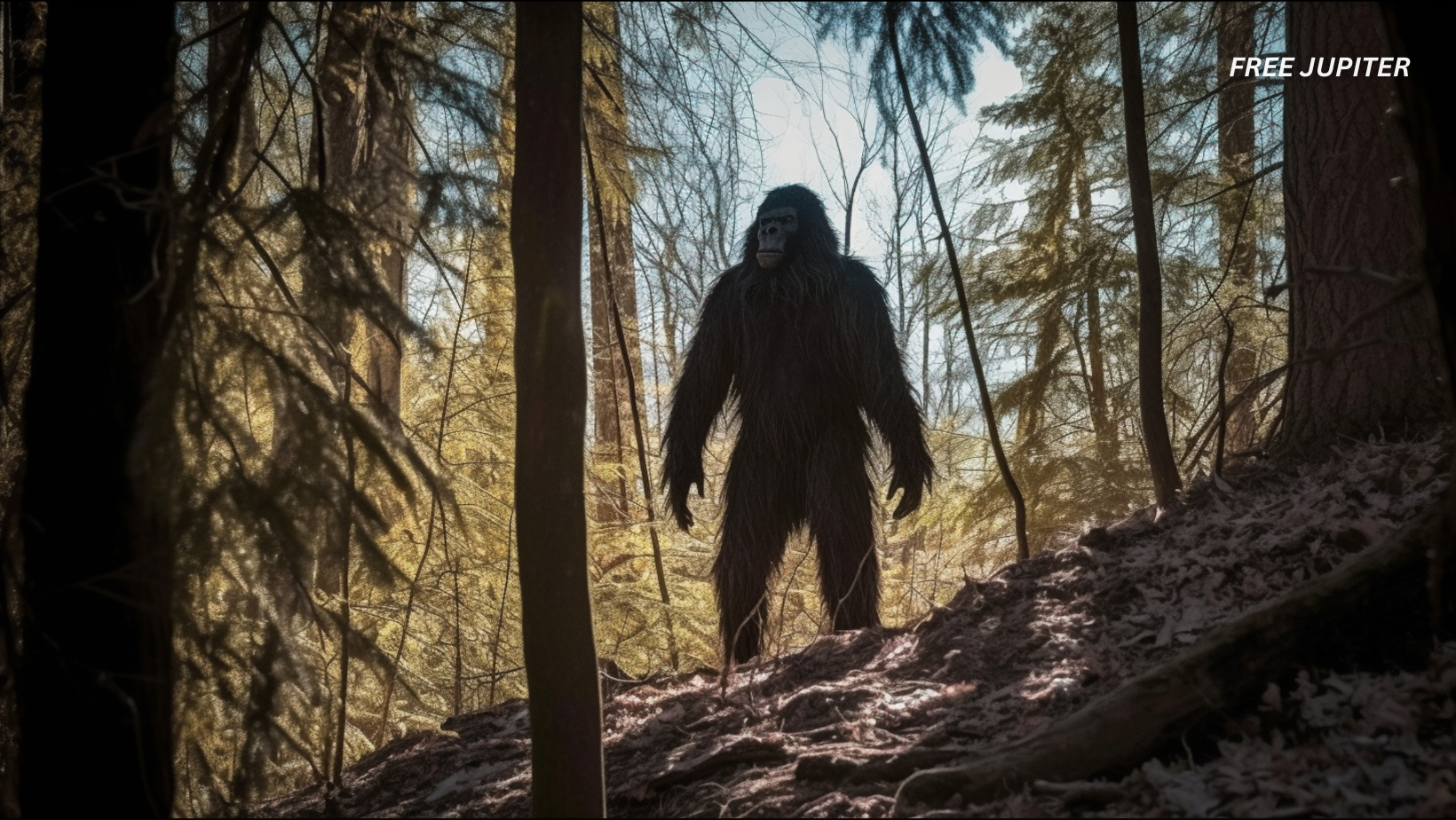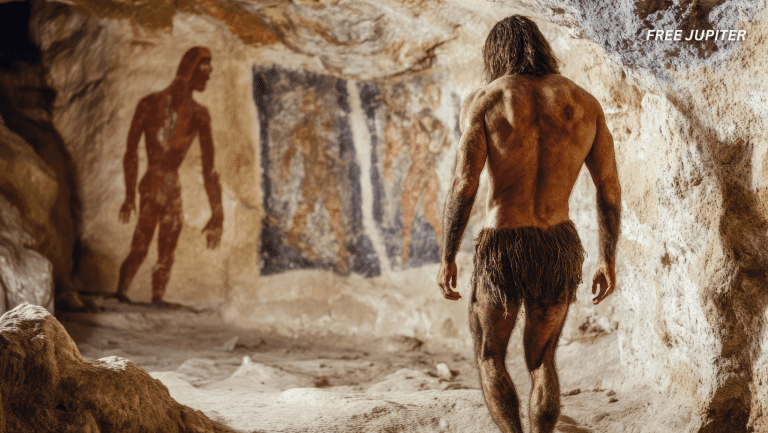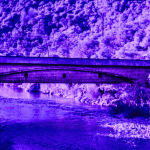The exact moment when stories of Bigfoot began to surface is difficult to pin down. However, accounts of a large, two-legged ape-like creature wandering the most remote forests of North America have long been part of the continent’s history. Even before the formation of the United States and Canada, Indigenous tribes recounted tales of mysterious “wild men” who raided their camps and made off with supplies. Each tribe had its own name for this creature, but the moniker that eventually stuck was Sasquatch. That name would later evolve into the more recognizable term: Bigfoot. This transformation occurred after a 1958 article detailed a set of unusually large footprints found in California, capturing the public’s imagination and solidifying the term in popular culture.
Since the late 1800s, approximately 23,000 Bigfoot sightings have been reported across the United States. These stories vary widely, from hair-raising accounts shared by 20th-century loggers to perplexing pieces of evidence like the 1967 film footage that continues to ignite curiosity and debate. Here are some of the most captivating Bigfoot encounters that remain etched in collective memory.
The 1967 incident involving Roger Patterson and Bob Gimlin remains perhaps the most iconic Bigfoot sighting ever recorded. On October 20 of that year, the two men ventured into Bluff Creek, California, both riding horseback. Patterson had long been fascinated by the idea of Bigfoot. He had written books and dreamed of capturing evidence on film. Gimlin, his friend, joined him out of loyalty and curiosity.
That afternoon, around one o’clock, their horses suddenly became agitated. A strange odor filled the air, and the men quickly realized they were not alone. About 100 feet ahead, a large, furry figure strolled upright across the forest floor. Without hesitation, Patterson dismounted and grabbed his Cine Kodak camera, managing to capture the now-famous footage on 16 mm film.
Since its release, the Patterson-Gimlin film has been examined from every possible angle. It has been both celebrated as compelling proof and dismissed as an elaborate ruse. Skeptics point to the fact that Patterson profited significantly from the footage, traveling across the country and charging admission to viewings. He had even authored a book on Bigfoot prior to the event, leading many to suspect he might have orchestrated the whole affair.
Read more: Scientists Are Investigating Puzzling Underground ‘Anomaly’ Near the Giza Pyramids
Adding to the skepticism, costume designer Phillip Morris came forward, claiming to have sold a gorilla suit to Patterson. Additionally, a man named Bob Heironimus from Yakima, Washington, alleged that he had been paid to wear the costume and act as the creature in the film.
Despite these claims, many continue to defend the film’s authenticity. Dr. Jeffrey Meldrum, a professor at Idaho State University, has argued that the anatomical details in the footage — the muscle movement and proportions — are too accurate to have been fabricated with 1960s technology. Meanwhile, Bob Gimlin has consistently stood by his account, never altering a single detail.
The Patterson-Gimlin film set the stage for how Bigfoot sightings would be perceived in the years to come. Yet, this is just one of many stories that make the legend of Sasquatch so enduring.
Other reports have come from loggers, hikers, and even police officers. In some cases, enormous footprints have been discovered in snow or mud, leading to feverish speculation. Hair samples, although often inconclusive, have been tested and debated. Mysterious howls and calls from the forest have been recorded, adding layers to the enigma.
One particularly eerie account comes from a group of campers in the Pacific Northwest who, in the 1980s, reported hearing strange vocalizations followed by the discovery of massive footprints around their tents the next morning. They described an overwhelming sense of being watched, with heavy breathing heard just beyond their campsite.
Another curious tale involved a police officer in upstate New York who, while patrolling a rural road late at night, saw a large, hairy figure cross the road in just a few strides. The officer noted the creature’s speed and size, both of which defied logical explanation.
Then there are the stories that border on the surreal. Some witnesses have claimed to see Bigfoot carrying young offspring, while others have described encounters where multiple creatures were observed together, communicating with grunts and gestures. In rare instances, structures made of interwoven branches and large sticks have been discovered, leading some to speculate that these could be shelters or markers left by the elusive creatures.
Over time, advancements in technology have led to more sophisticated efforts to find concrete proof. Trail cameras, audio recorders, and even drone surveillance have been employed by enthusiasts and researchers alike. However, clear, undeniable evidence remains elusive.
One of the more recent sightings took place in 2012, when a group of hikers in Oregon reported seeing a tall, hairy figure standing at the edge of a clearing before quickly retreating into the dense forest. Their account was supported by shaky video footage and several plaster casts of footprints measuring over 18 inches long.
Even with so many encounters reported, skepticism persists. Some believe that sightings can be attributed to misidentified bears, pranksters, or optical illusions. Others argue that if a creature as large as Bigfoot truly existed, there would be irrefutable evidence by now, such as skeletal remains or clear genetic samples.
Yet, believers point to the vastness of North America’s wilderness, areas where human presence is sparse and where a large, elusive creature could theoretically exist undetected. The Pacific Northwest, in particular, is known for its dense forests and remote landscapes, providing ample hiding spots.
The cultural impact of Bigfoot cannot be understated. The creature has inspired books, movies, television shows, and countless documentaries. Cryptozoologists, both professional and amateur, dedicate significant time and resources to investigating new sightings and gathering evidence.
Sasquatch conventions and festivals are held annually, where enthusiasts share stories, compare findings, and keep the legend alive. Merchandise featuring the creature is sold worldwide, and tours are offered in supposed hotspots, demonstrating the creature’s grip on the public imagination.
Read more: Cheeto Shaped Like The Pokemon ‘Charizard’ Sells For $87,840
Ultimately, the question remains unanswered: Is Bigfoot a figment of collective imagination, a misunderstood natural phenomenon, or a real, flesh-and-blood creature that continues to elude scientific discovery? While skeptics may dismiss the idea, believers continue to search, driven by curiosity and the possibility that one day, undeniable proof will be found.
The story of Bigfoot is a tapestry woven from folklore, anecdotal evidence, and the human desire to explore the unknown. Whether it is a symbol of mystery or a genuine undiscovered species, the legend endures. Each new sighting adds another thread to this intricate narrative, ensuring that the question of Bigfoot’s existence will continue to be asked for generations to come.
While science remains cautious, the allure of the unknown continues to captivate. Perhaps it is not just about finding Bigfoot, but about holding onto the wonder that there are still secrets in the world waiting to be discovered.










